





Infrastructure Safety Management Tools
Safety must be addressed at all stages of a road’s lifecycle and there are several tools available globally that support infrastructure safety management.
Black spot programs
Black spot programs are used to develop safety plans for locations where clusters of serious crashes have occurred in the past. As they rely on historical crash data, these programs are known as a reactive approach. The definition of a black spot varies though typically it is based on a minimum number of serious casualty crashes over a given time period (e.g. at least 3 fatal crashes in 3 years). Some programs also allow lengths of road to be included in a program, based on a minimum number of serious casualty crashes over a given time period and road length (e.g. at least 0.2 casualty crashes per km per year over 5 years). Programs often require the identification of safety treatments, such as safety barriers and roundabouts, that target specific crash types and will generate a positive benefit cost ratio.
These approaches require reliable and detailed crash data which is often not available, especially in low and middle income countries. Evidence also shows that over time the proportion of serious crashes that at occur at black spot locations typically reduces. As such, black spot programs alone are insufficient to support a Safe System approach and they need to be complemented with proactive approaches.
iRAP Methodology
The iRAP methodology is internationally recognized and offers evidence-based approaches to guide planning, design, investment, and policy setting. The methodology has been used in more than 100 countries to assess more than 2 million km of roads and designs. The iRAP methodology comprises several protocols. The Crash Rate Risk Mapping protocol is based on actual crash data and offers a reactive approach to risk management. Star Ratings, Fatality and Serious Injury Estimations, and Safer Roads Investment Plans (SRIP) are part of a proactive approach to risk management – that is, they can be performed without reference to detailed crash data:
Crash Risk Mapping uses detailed crash data to produce maps showing the risk arising from the interaction of road users, vehicles and the road environment.
Star Ratings are an objective measure of the level of safety ‘built-in’ to the road for vehicle occupants, motorcyclists, bicyclists, and pedestrians.
Star Ratings for Schools (SR4S) is an evidence-based tool for measuring, managing and communicating the risk children are exposed to as pedestrians on a journey to school.
Fatal and Serious Injury (FSI) Estimates provide estimates of FSIs along each segment of an existing road or design and supports the prioritisation of investment.
Safer Roads Investment Plans (SRIP) draw on data underpinning Star Ratings and FSI Estimates to determine the most cost-effective road safety upgrades to prevent deaths and serious injuries.
Star Rating for Designs (SR4D) is a package of tools, knowledge products, support and other initiatives so that roads are built safe, right from the start.
The iRAP methodology may be applied to existing roads and designs, both for very short lengths (down to 100 meters) and for very long lengths (including entire networks), and may be used in support of road safety inspections and road safety impact assessments.
The iRAP methodology is described in detail in fact sheets, specifications, manuals and guides. Tools that enable application of the iRAP methodology, including the Star Rating Demonstrator, are available free-of-charge, including through the online software ViDA (meaning ‘life’ in Spanish). The iRAP methodology is supported by standardised training and a global accreditation scheme for practioners.
Road Safety Audit (RSA)
A Road Safety Audit (RSA) is a formal, independent assessment of the safety performance of a road design. The objective of a RSA is to identify potential road safety issues that may pose a risk to road users and where possible to suggest suitable measures to eliminate or reduce those risks. As a RSA focuses on fundamental flaws in designs to identify where serious road crashes are likely to happen in the future, it is known as proactive approach.
Highly trained auditors identify potential hazards and suggest recommended remedial treatments based on experience gained from crash investigation studies, road safety engineering schemes and associated research. While checklists are often used, RSAs rely heavily on the experience and judgement of the RSA team.
A RSA is commonly undertaken at several formal stages of a project:
Feasibility stage.
Preliminary design stage.
Detailed design stage.
Road works stage.
Preopening stage.
Existing road (sometimes called road safety inspection).
A RSA is not a check that design standards have been met, but rather it is a review of how all road users will use the new or upgraded road and whether they may face safety issues while doing so. A RSA is performed by a team that works together on the audit to identify potential road safety problems and suggest suitable measures. The team is independent of the design team and often comprises members with differing skills and abilities, including a team leader and one or more team members that may include a law enforcement officer and/or client representative.
A RSA may be performed in conjunction with assessments using the iRAP methodology.
There are several RSA guidelines and manuals, including:
Road safety audit guidelines for safety checks of new road projects.
Road Safety Manuals for Africa – New Roads and Schemes: Road Safety Audit.
Road Safety Inspections
The PIARC Road Safety Inspection Guideline for Safety Checks of Existing Roads defines a road safety inspection (RSI) as a systematic, on-site review of an existing road with the aim of identifying hazardous conditions, faults and deficiencies that may lead to serious crash outcomes. Road Safety Inspections are sometimes considered to be a Road Safety Audit (RSA) of an existing road. Targeted and periodic Road Safety Inspections are a requirement for the trans-European network.
PIARC identifies the following topics as priorities for inspections of existing roads:
- Road function – is the road/speed limit appropriate for the role it plays in the network?
- Cross-section – is the road wide enough; are the line markings sufficient; are the road surface conditions adequate?
- Alignment – how do the horizontal and vertical alignments interact; are sight distances adequate?
- Intersections – is the intersection layout and design appropriate for the volume of traffic passing through and the turning movements?
- Public and private services – are there sufficient deceleration/acceleration lengths leading up to and away from service and rest areas; are the parking and loading facilities for public transport sufficient?
- Vulnerable road user needs – have pedestrian, cyclist, scooter/moped and motorbike rider needs been accounted for?
- Traffic signing, line marking and lighting – are traffic signs and line markings appropriate and clear; is the site well lit?
- Roadside features and passive safety installations – are there roadside obstacles present that may pose safety issues?
There are four key steps for an inspection of an existing road:
- Desk study.
- On-site field study.
- Road safety report.
- Implementation of remedial measures.
Road Safety Impact Assessments
According to the PIARC Safety Manual, Road Safety Impact Assessments are conducted at the initial planning stage of a road project and makes a comparison of the impact of different road or traffic schemes on safety performance. Road Safety Impact Assessments are a requirement for all projects on the trans-European network.
PIARC identified 5 stages for an impact assessment:
- Establish the baseline situation (year zero).
- Determine the future situation without any implemented measures (known as the ‘Do Nothing’ or ‘Do Minimum’ scenario).
- Determine the future situation under each of the applied road safety schemes.
- Perform cost-benefit analysis for each possible road safety scheme.
- Optimize the plans of each scheme.
Case Studies
| Examples of related Case Studies |
|---|
| Reducing Traffic Accidents in China – Strengthening the Use of Road Safety Audits |
| Delivering Road Safety in India |
Related Images
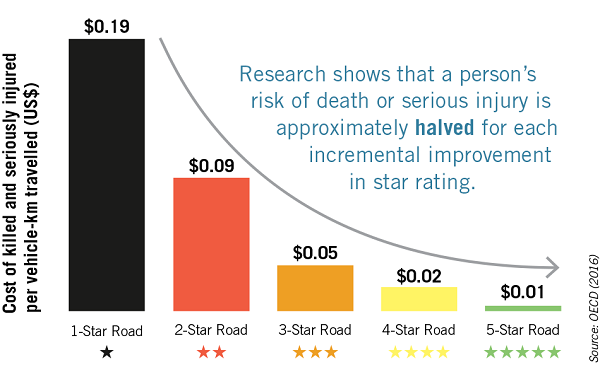 Star Ratings and crash cost per km travelled. Image credit: iRAP
Star Ratings and crash cost per km travelled. Image credit: iRAP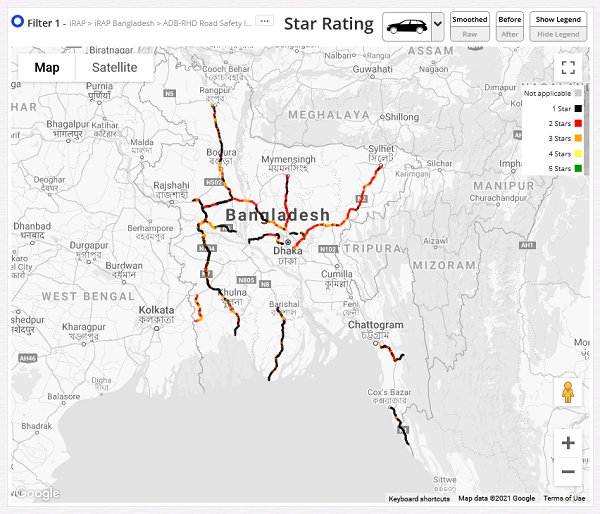 Example of iRAP Star Ratings. Image credit: iRAP
Example of iRAP Star Ratings. Image credit: iRAP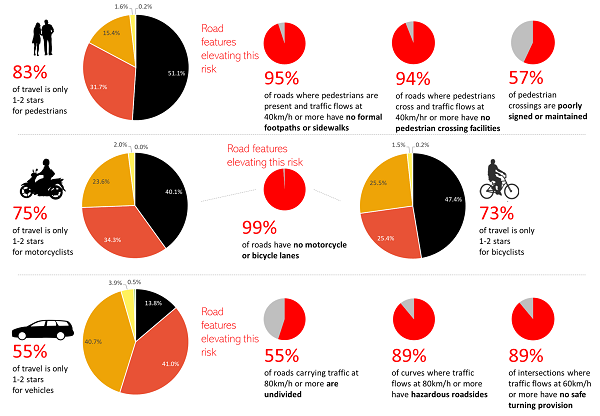 Star Ratings by road user type based on 21,000km roads assessed in Indian
Star Ratings by road user type based on 21,000km roads assessed in Indian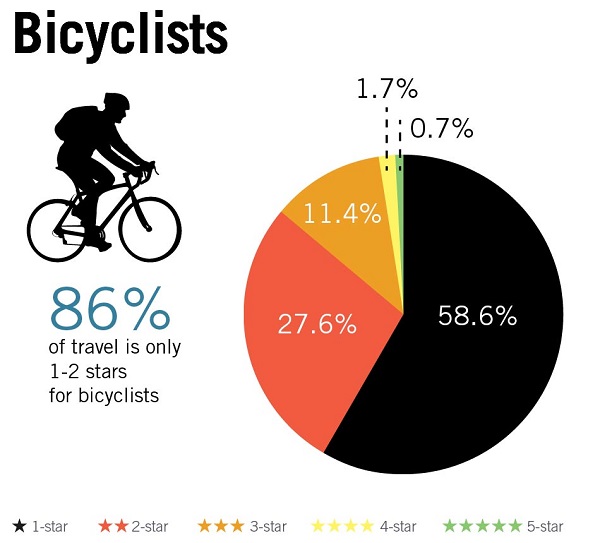 Bicyclist Star Ratings by road user type based on a 358,000km sample of roads across 54 countries. Image credit: iRAP
Bicyclist Star Ratings by road user type based on a 358,000km sample of roads across 54 countries. Image credit: iRAP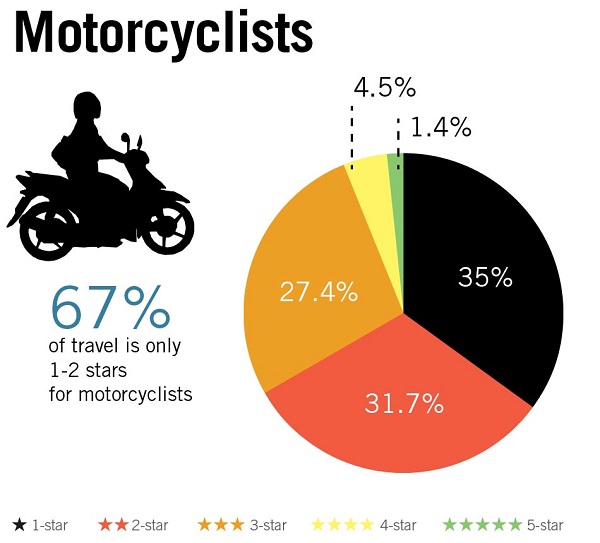 Motorcyclist Star Ratings by road user type based on a 358,000km sample of roads across 54 countries. Image credit: iRAP
Motorcyclist Star Ratings by road user type based on a 358,000km sample of roads across 54 countries. Image credit: iRAP Vehicle occupant Star Ratings by road user type based on a 358,000km sample of roads across 54 countries. Image credit: iRAP
Vehicle occupant Star Ratings by road user type based on a 358,000km sample of roads across 54 countries. Image credit: iRAP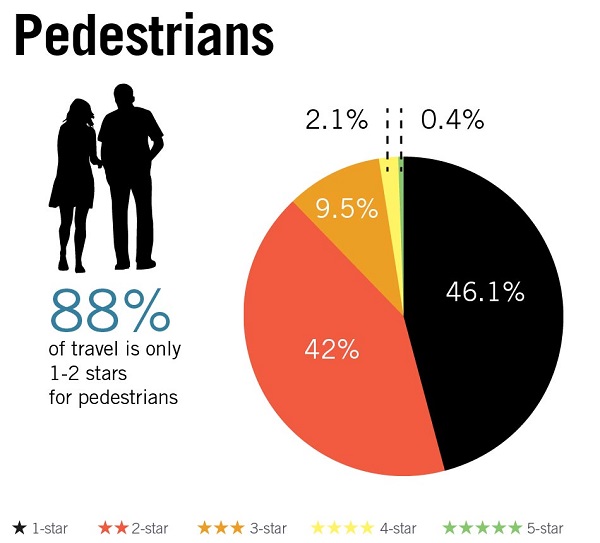 Pedestrian Star Ratings by road user type based on a 358,000km sample of roads across 54 countries. Image credit: iRAP
Pedestrian Star Ratings by road user type based on a 358,000km sample of roads across 54 countries. Image credit: iRAP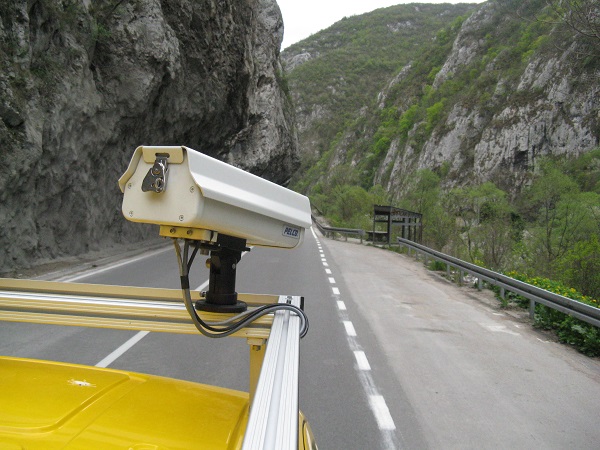 iRAP Accredited Survey Vehicle. Image Credit: RACC
iRAP Accredited Survey Vehicle. Image Credit: RACC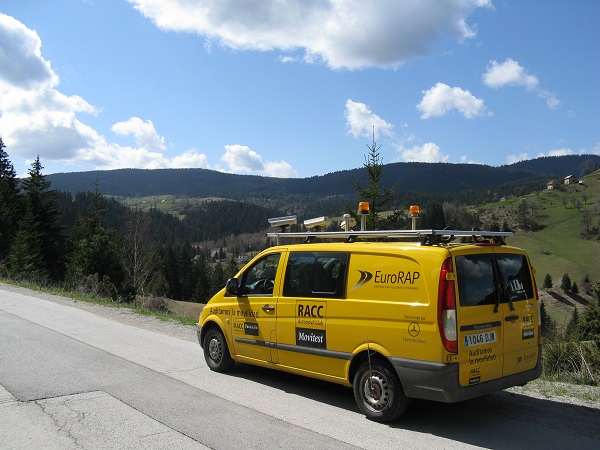 iRAP Accredited Survey Vehicle. Image Credit: RACC
iRAP Accredited Survey Vehicle. Image Credit: RACC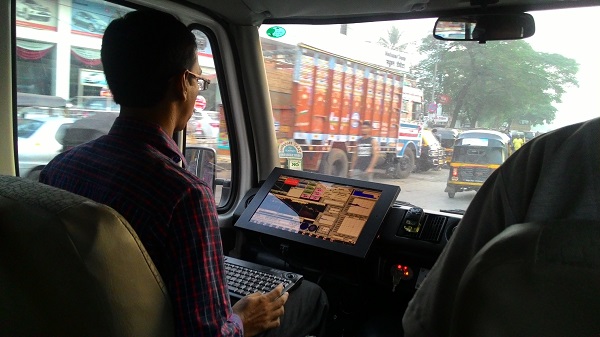 Road survey using network Survey Vehicle in IndiarnImage credit: iRAP
Road survey using network Survey Vehicle in IndiarnImage credit: iRAP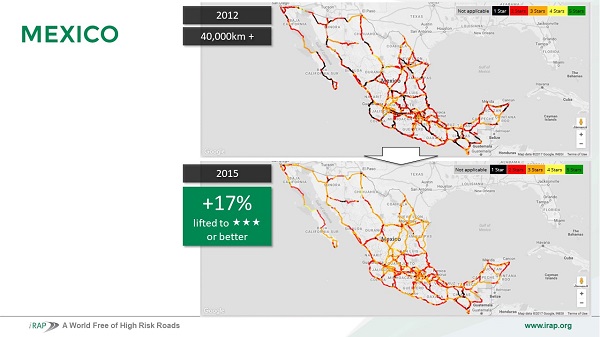 National road network Star Ratings in Mexico. Image credit: iRAP
National road network Star Ratings in Mexico. Image credit: iRAP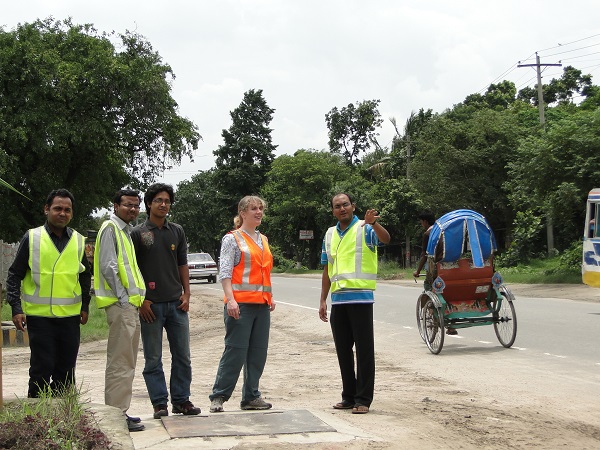 Road Safety Audit in Bangladesh nImage credit: iRAP
Road Safety Audit in Bangladesh nImage credit: iRAP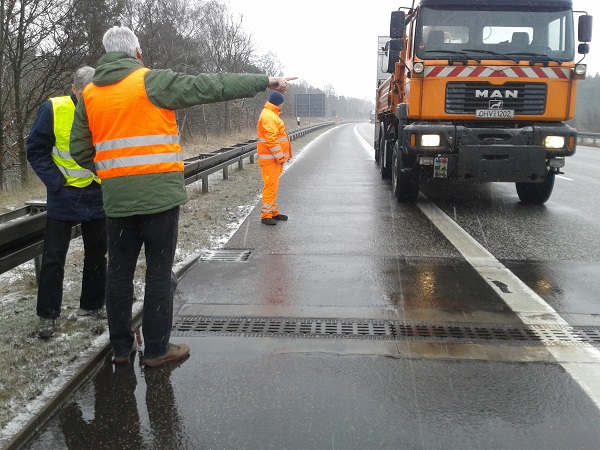 Road Safety Audit in GermanynImage credit: Alina Burlacu
Road Safety Audit in GermanynImage credit: Alina Burlacu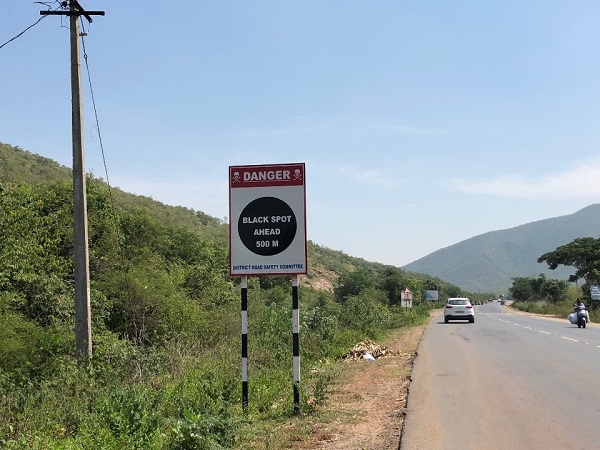 Road safety black spot in India. Image credit: World Bank
Road safety black spot in India. Image credit: World Bank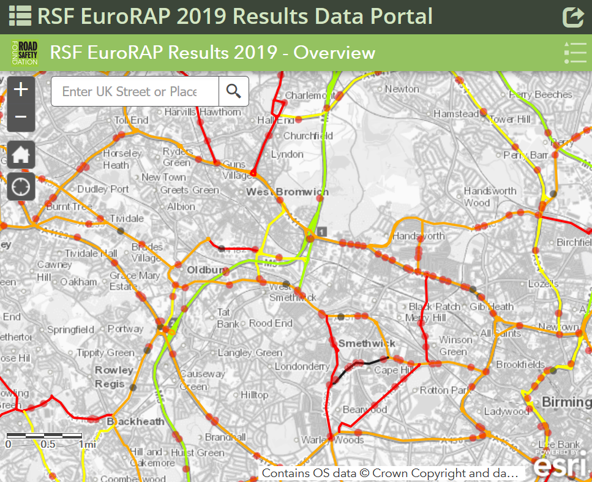 RSF EuroRAP 2019 Results Data Example
RSF EuroRAP 2019 Results Data Example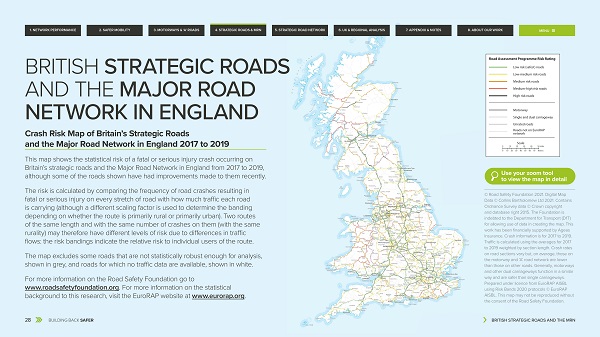 Example of iRAP Star Ratings. Image credit: Road Safety Foundation (RSF)
Example of iRAP Star Ratings. Image credit: Road Safety Foundation (RSF)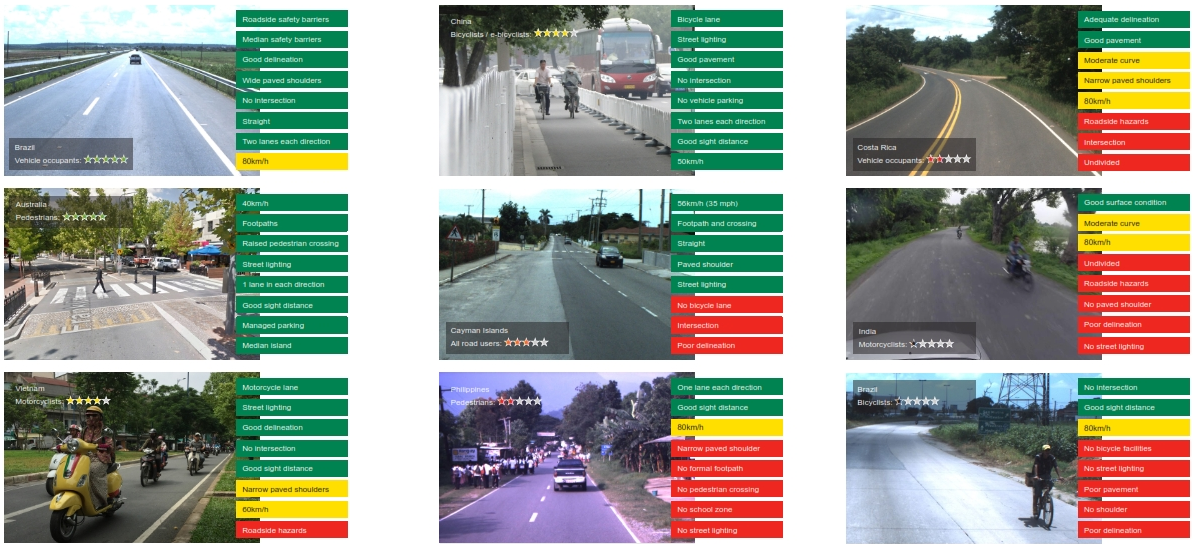 Example of iRAP Star Ratings. Image credit: iRAP
Example of iRAP Star Ratings. Image credit: iRAP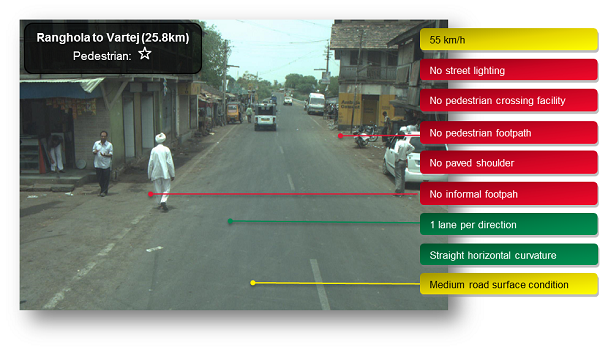 Example of iRAP Star Ratings. Image credit: IndiaRAP
Example of iRAP Star Ratings. Image credit: IndiaRAP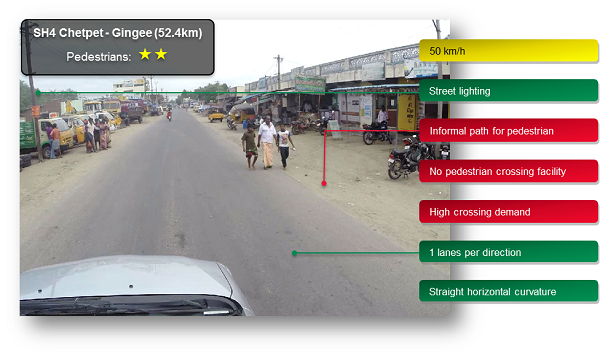 Example of iRAP Star Ratings. Image credit: IndiaRAP
Example of iRAP Star Ratings. Image credit: IndiaRAP Example of iRAP Star Ratings. Image credit: IndiaRAP
Example of iRAP Star Ratings. Image credit: IndiaRAP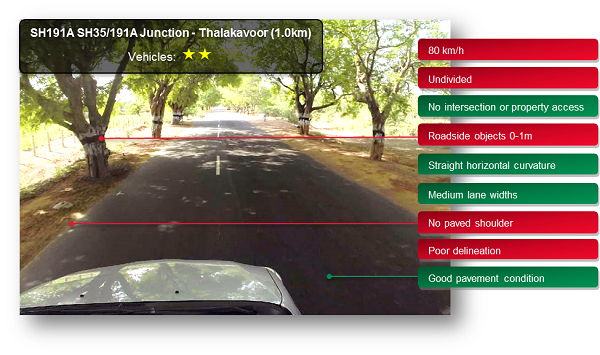 Example of iRAP Star Ratings. Image credit: IndiaRAP
Example of iRAP Star Ratings. Image credit: IndiaRAP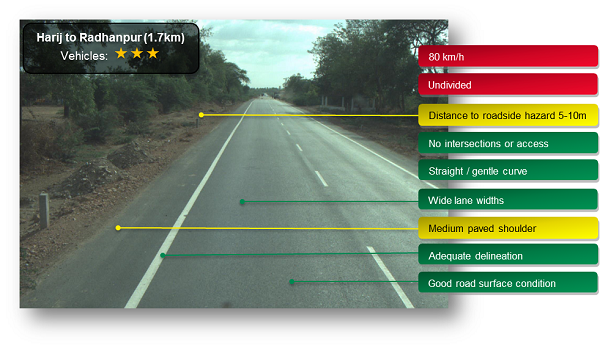 Example of iRAP Star Ratings. Image credit: IndiaRAP
Example of iRAP Star Ratings. Image credit: IndiaRAP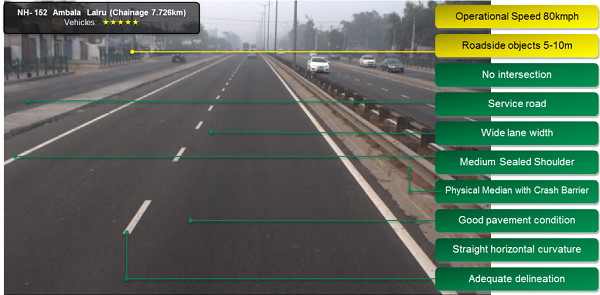 Example of iRAP Star Ratings. Image credit: IndiaRAP
Example of iRAP Star Ratings. Image credit: IndiaRAP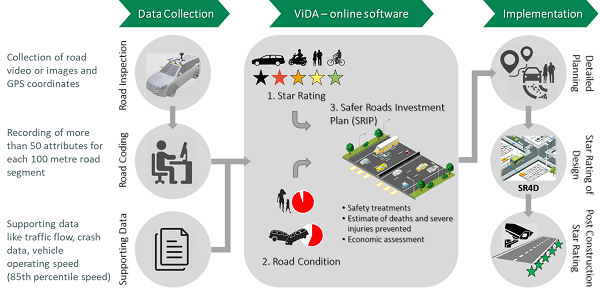 The iRAP Star Rating, Fatality and Serious Injury Estimate, and Investment Plan process. Image credit: IndiaRAP
The iRAP Star Rating, Fatality and Serious Injury Estimate, and Investment Plan process. Image credit: IndiaRAP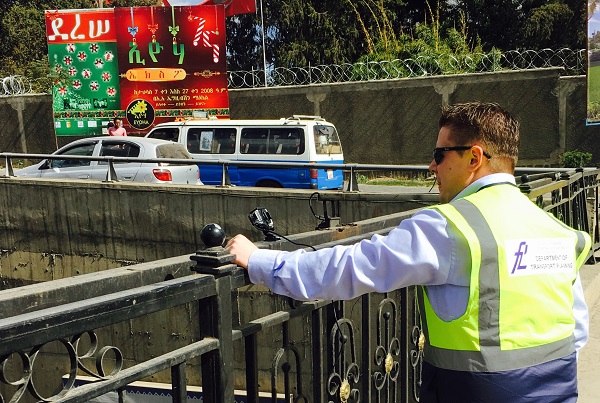 Vehicle flow and speed data collection in Ethiopia. nImage credit: FPZ
Vehicle flow and speed data collection in Ethiopia. nImage credit: FPZ








